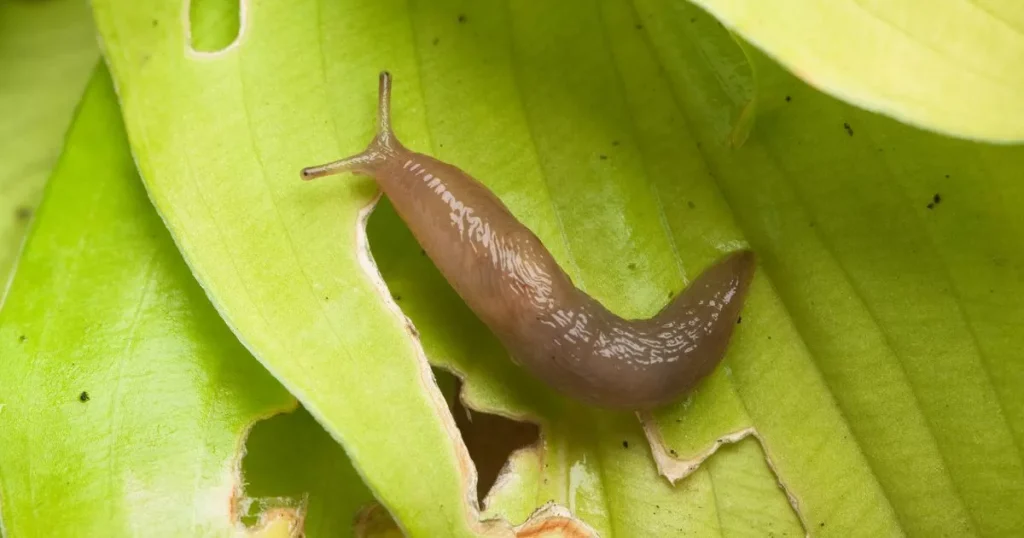Spring is here, and gardeners need to be vigilant for the five most common pests that can harm their plants. Slugs multiply rapidly in warmer weather and are particularly attracted to gardens with young seedlings. They can be managed by adjusting watering schedules, using shelter materials, and manually removing them from plants. Leaf miners are larvae of various pests and can be controlled with sticky traps and insecticidal soap. Thrips are sap-sucking insects that can distort plant leaves and flowers, and can be controlled with neem oil soap and sticky traps. Glasshouse whiteflies are common in greenhouses and feed on various vegetables and plants. They can be spotted by white insects on leaves and sooty mold growth. Earwigs, which eat other invertebrates and plant material, can be controlled by trapping them in flower pots filled with hay or straw.
In spring, adult thrips become active and lay eggs in plant tissues, leading to damage on leaves and petals. They can be controlled with neem oil soap and sticky traps. Glasshouse whiteflies target a variety of plants, including cucumbers, tomatoes, and peppers, and can be controlled by inspecting plants and removing infested leaves. Earwigs feast on plant material and can be recognized by nibbled petals and leaves. They can be trapped in flower pots and removed from plants. The warm weather of spring attracts pests like slugs, whose population can be managed by adjusting watering schedules and using shelter materials. Leaf miners create trails and blotchy patches on leaves and can be controlled with sticky traps and insecticidal soap.
The arrival of warmer spring weather attracts pests like slugs, which can be managed by making adjustments to watering schedules and using shelter materials. Leaf miners create trails and blotchy patches on leaves, which can be controlled with sticky traps and insecticidal soap. Thrips become active in early spring and lay eggs in plant tissues, leading to discoloration and distortion of leaves and petals. Glasshouse whiteflies infest plants in greenhouses, feeding on various vegetables and ornamental plants. Earwigs feed on plant material and can be trapped in flower pots filled with hay or straw. It is important for gardeners to stay vigilant for these pests in the spring to prevent damage to their plants.


